
'The new wave of children with complex learning difficulties and disabilities (CLDD) entering schools in the UK has brought with it new challenges to the families that are far
beyond those experienced by families of children with more traditional disabilities...
The parents and carers of children with CLDD are truly pioneers, charting new pathways in raising their child... The demands on parents mean that they have been required, as one teacher said, to 'parent beyond their capacity'. What we are seeing are children of whom even the most experienced professional has little or no experience.
Carpenter, 2010
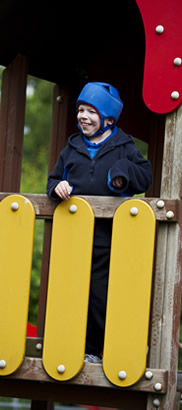
7.3% of UK children (952,741 children nationally) are disabled. Of these, 35.2% experienced two to four difficulties and
13.3% experienced difficulties in five or more areas of daily living.
Children with disabilities were:
- More likely to live with low-income, deprivation, debt and poor housing, especially those from black/minority ethnic/mixed parentage groups and lone-parent households;
- More likely not to be able to afford items and activities they wanted or needed;
- 26% more likely to live in a lone parent household;
- Three times more likely to live with a parent with a disability;
- 49% more likely to be living in rented accommodation.
(Blackburn et al, 2010)
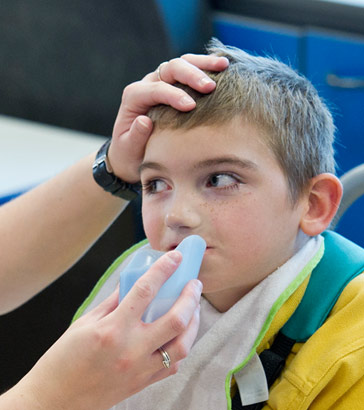
Prior to birth, the mother and infant's family construct an image of what their infant may be like, informed by idealistic
media images and psychological imaginings of a full-term infant. The mother-infant relationship is depicted as one of beautiful,
nurturing harmony. At birth the imaginary infant meets the real infant...
Champion, 2005
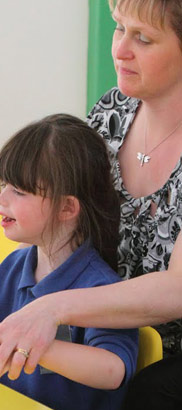
These two mothers describe their very different experiences of birth.
The mother of a full term infant remembers:
'After the baby came out, I felt a huge relief that the pain had stopped... Then they put him on my belly, with his body warmth
and aliveness, and I was overcome with a sense of great completeness.'
For this mother of a very preterm, low-birth-weight infant, the experience was very different:
'The first time I saw her was so strange I didn't know what to feel. Part of me wanted to run away...I could hardly find her
in the middle of all the medical paraphernalia.'
(Champion, 2005)
of disability
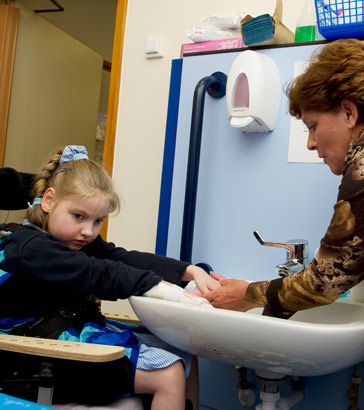
There is a need to provide continuity and support for parents, who are known to be less securely attached to their VLBW
[very low birthweight] child and for whom informed support for health decisions such as immunisation and feeding practices
is invaluable. Most important of all, the early identification of disability and impairment in the child is vital.
Marlow, 2004

The 'typical' child attending one of the [residential] schools considered in this study is a 15 year old male with a diagnosis of Autism, at least one additional disability and displaying numerous challenging behaviours that cause considerable problems of management... Parents seldom appear to have encountered any effective or expert provision that helped them manage their child's behaviour better. In contrast, many public services were themselves unable to manage the child's behaviour with resulting frequent breakdown of respite and school arrangements...
McGill et al, 2006

Such experiences will almost certainly have interfered with all aspects of [the young person's] personal, social and emotional
development and exacerbated their challenging behaviour. This is, unfortunately, a very striking example of a 'vicious circle'
in which the responses the child receives from the world around them amplify rather than remediate problems of development
resulting from their original impairments.
McGill et al, 2006
of low birthweight
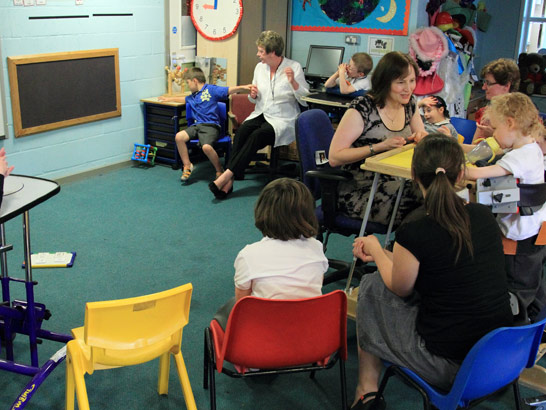
Research the impact of very and extremely low birthweight in terms of parental attachment, disability and subsequent child development. Describe its likely impact on teaching and learning approaches for this group of children.

Carpenter, B. (2006) Family structures. In: Bevan, K. (ed.) Working in Partnership through Early Support: Distance learning text.London: Early Support.
Evangelou, M., Sylva, K. and Kyriacou, M., Wild, M. and Glenny, G. (2009) Early Years Learning and Development: Literature review. Annesley: DCSF Publications.

Hilton, D. and Meltzer, L. (2006) Working with parents in partnership. In: Bevan, K. (ed.) Working in Partnership through Early Support: Distance learning text. London: Early Support.
Rix, B. (2006) Knowing yourself and the family. In: Bevan, K. (ed.) Working in Partnership through Early Support: Distance learning text. London: Early Support.
For further references click here.